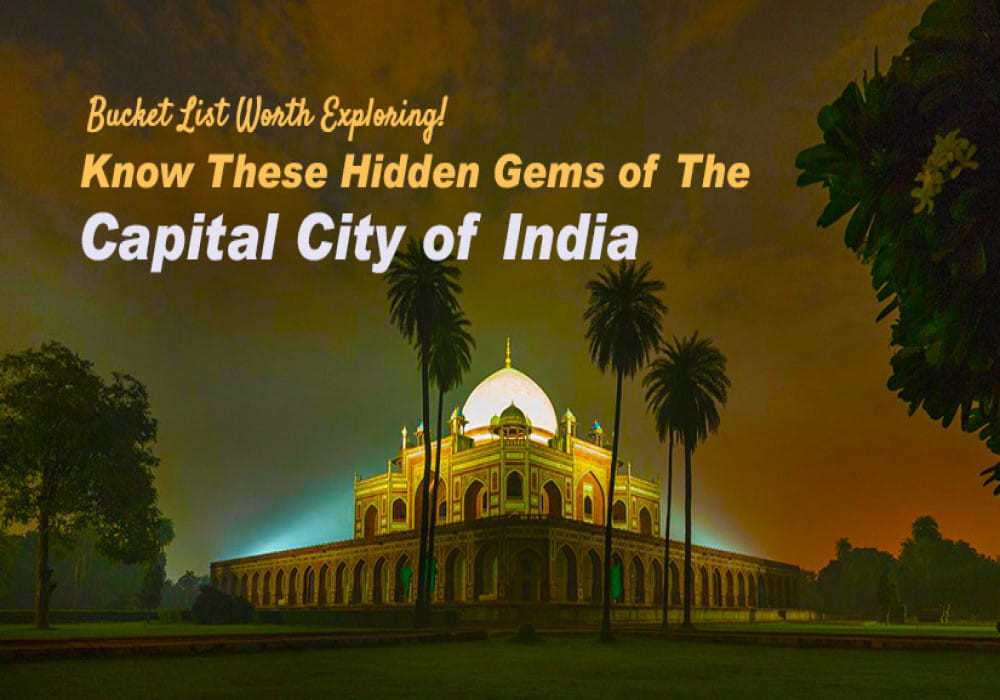
Last Updated At: 03-Mar-2023
14 Lesser-Known Historical Monuments of Delhi
To witness the unbeatable charm of lesser-known historical monuments of Delhi is undeniably the most amazing experience for history buffs and tourists. The beauty of these forgotten and faded-in-time monuments is that they fasten and bind one generation to another.
Dotted with centuries-old history and spectacular architectural marvels, the capital is marked as the favorite historical destination in India on the tourist map.
14 Lesser-Known Historical Monuments Of Delhi That You Need To See
Out of an overwhelming number, we have handpicked the best historical monuments of the capital that must be on the bucket list of every travel enthusiast. Scroll down to learn about these hidden gems of Delhi.
1. Ala-i-Minar
Ala-i-Minar lies within the Qutub complex in Delhi. Estimated to be built around 1300 CE, Alai Minar is Alauddin Khilji’s incomplete grand monument that was his vanity project to mark the victory of his army who conquered many kingdoms across India within a short span of his reign. He was so proud of these glorious achievements that he became adamant to outdo Qutub Minar which was built by Qutub-ud-din Aibak and was considered to be the tallest building of that era.
As the wealth poured in, he decided to build a massive monument that is double the size of Qutub Minar. However, this monument just remained a dream project as Khilji died in 1316 CE and the construction was stalled. Today all we see is just a rough-edged circular mass that has a story to say.
Also Read - Famous Historical Monuments Of India
2. Adam Khan Tomb
Also known as Bhool Bhullaiya, Adam Khan’s Tomb is the octagonal monument that lies behind the Qutub Complex. Adham Khan who was the son of Maham Anga, a wet nurse of Akbar, was a general in Akbar's army. He murdered Atgah Khan in 1561 who was Akbar’s favorite general and was the husband of Jiji Anga. This brutal act and betrayal of Adam Khan led to fury and Akbar ordered to throw him down from the ramparts of Agra Fort till he died.
Maham Agha died after the fortieth day of grieving and mourning her son’s death. The tomb was commissioned by Akbar in 1562 and both son and mother were buried in this tomb that has thick walls that enclose a maze of passageways. This grey sandstone and rubble masonry monument are believed to be cursed by Rani Roopmati whose lover Baz Bahadur was killed by Adam Khan.
Also Read - Best Places to Visit in Delhi
3. Atgah Khan's Tomb
Atgah Khan Tomb situated near the famous Sufi shrine, Nizamuddin Dargha in Nizamuddin Basti is one of the most magnificent mausoleums of the Mughal era that is made up of red sandstone and exquisite marble. Mirza Aziz Kolkaltash who was the son of Atgah Khan built the tomb in the memory of his father in 1566-67. The chief advisor and foster-father of the Mughal emperor Akbar, Shamsuddin Muhammad Atgah Khan was brutally murdered by Akbar’s foster brother, Adam Khan.
Distressed by the death of Atgah Khan, Akbar ordered the construction of a tomb for him right next to the Dargah of Hazrat Nizamuddin. Inside the medium-sized square tomb are the peacefully lying graves of Atgah Khan, his wife, and his daughter. Don’t forget to miss this beautiful architectural masterpiece when you visit Nizamuddin Dargha.
4. Bara Batasha
Located next to the Humayun Tomb's enclosure, Bara Batasha Tomb was commissioned in 1603 and was completed in 1604. This beautifully adorned tomb was made in the memory of Mirza Muzaffar Husain who is believed to be the son-in-law of Akbar and the great-nephew of Humayun.
Constructed in typical Mughal style, the tomb is a single storey monument that is 30 feet tall and has a square structure that is strikingly similar to the Jal Mahal and Humayun tomb. Also famous as the Bara Batashewala Mahal, it is one of its kind funerary complex that does not exist anywhere else in India. Bara Batasha is definitely a must-visit place in Delhi.
5. Balban's Tomb
The Tomb of Ghiyas-ud-din Balban, the elaborated name to Balban’s Tomb is located in Mehrauli. This rubble masonry tomb that was built in 1287 CE is a significant historical monument of Delhi that boasts Indo-Islamic architecture. A ruined rectangular structure that is believed to be the grave of Khan Shahid who was Balban's son lies to the east of the tomb. Ghiyas-ud-din Balban was a Turkic ruler of the Mamluk dynasty which is also known as the Slave dynasty.
He ruled Delhi Sultanate from 1266 to 1287. His son, Khan Shahid, alias Muhammad died when he was fighting against the Mongols near Multan in 1285. The tomb where the first true arch made its appearance in India is also famous as it is surrounded by the innumerable relics of late-medieval settlement. This monument in Delhi is worth a visit for history buffs and photographers as it also offers the most remarkable view of the Qutub Minar.
6. Barakhamba Tomb
Located in Connaught Place, Barakhamba Tomb is a handsome relic made of red sandstone that was supposed to be built during the reign of Sher Shah Suri somewhere between the 15 and 16th centuries. As the famous Barakhamba road is named after the tomb, it can be believed that this tomb served as a landmark of its time. The architectural facade of the tomb that has twelve immaculate pillars (that probably has been the reason behind its name) and artistic symmetry piques the attention of passersby.
Not much is known about this beautiful monument that sits in the heart of Delhi, however, this fourteenth-century edifice must be belonging to a significant nobleman who had much importance in his time.
7. Isa Khan Tomb
Isa Khan's tomb is located at the entrance to Humayun’s Tomb in Nizamuddin. The tomb was built between 1547-1548 by Isa Khan himself. A few months later the construction of the magnificent octagonal tomb, Isa Khan died and his corpse was laid to rest. Isa Khan was the most trusted nobleman in the court of Sher Shah Suri. He helped Sher Shah Suri to establish his empire in Delhi by defeating Humayun in1540.
The emperor was happy with his wisdom and graced him with the title of Azm-e-Humayoon and also gave him the governorship of Multan. Sher Shah Suri died in 1545, however, Isa Khan continued to serve his son Islam Shah Suri. Exquisitely adorned with varnished tiles and ornated awnings, Isa Khan Tomb in the Humayun complex boasts lattice windows and expansive verandahs. This pre-Mughal style tomb is a must-visit monument in Delhi as it is one of the best sunken garden style tombs in India.
8. Iltutmish Tomb
Located within the Qutub Minar complex, Mehrauli, Iltutmish Tomb is the mausoleum of Shams ud-Din Iltutmish who was the second Sultan of the Mamluk Dynasty of the Delhi Sultanate. Iltutmish endured many hardships as a child as he was sold into slavery. He spent his early life in Bukhara and Ghazni under multiple masters. In the late 1190s, the Ghurid slave-commander Qutb al-Din Aibak purchased him in Delhi and during this time Iltutmish rose to prominence in Aibak's service.
Built-in the name of Iltutmish in 1235 A.D, this simple-looking tomb has a beautiful entrance that is intricately carved with geometrical and arabesque patterns. There are three prayer niches inside the tomb that are known as mihrabs. The white marble cenotaph is placed on a raised platform in the center of the chamber that is profusely decorated with motifs.
9. Jamali Kamali Tomb and Mosque
Built-in 1528 by Shaikh Fazl al-Allah, also known as Jamali, this tomb and mosque complex is housed in an enclosed garden that is situated in the Mehrauli village district. It is named after Jamali Kamali since both Jamali and Kamali were buried next to each other. Jamali was a highly regarded Sufi saint of the pre-Mughalera while not much is known about Kamali. He surely was closely associated with Jamali and it’s rumored that they were a gay couple who were passionately in love with each other.
The red sandstone Mosque opens up to a large courtyard that leads to the main prayer hall. This five high arched relic is beautifully adorned and the walls of the mosque are inscribed with verses of the Quran. Adjacent to the mosque is the tomb, which is a flat structure adorned with red and blue paint and inscriptions from the Quran and verses from Jamali’s poems. Also known as an abode of Djinns, Jamali Kamali Tomb is amongst the haunted monuments of Delhi. Don’t believe in hearsay, this pristine place is worth a visit.
10. Khan-I-Khana's Tomb
Yet another hidden gem of Delhi, Khan-I-Khana’s Tomb located in Nizamuddin East was built by Abdul Rahim for his wife. Abdul Rahim, one of the most famous poets of India was also known as Khan-Khanan. The great scholar’s couplets are still a part of the Hindi curriculum in schools in India, however, not much is known about his past. Very few know that after his demise he was buried next to his wife in this tomb in Delhi.
The red stone and marble at the facade of this monument was dismantled by Shuja Ud-Daulam and was used in the structure of Safdar Jang Tomb. The ceiling of domes in the interior of the tomb is exquisitely designed with beautiful abstract patterns. Amidst verdant sprawling gardens lies this beautiful monument in Delhi which is extremely quaint and pleasantly appealing.
11. Mohammad Shah's Tomb
One of the well-preserved monuments of Delhi, Mohammad Shah’s Tomb in the Lodhi gardens flaunts a typical pattern followed in Sayyid and Lodhi dynasties. This handsome octagonal tomb stands tall on a high platform. The central chamber of the tomb is surrounded by an arched verandah and surmounted by a large dome. Muhammad Shah ruled between 1433 and 1445AD was the third monarch of the fourth dynasty of the Delhi Sultanate who had the second shortest rule over the capital.
The tomb of Muhammad Shah was built in 1455 AD by his son, Alam Shah Bahadur. It is one of the major tombs in the Lodhi gardens that is best known for photography. Click the best shots in this octagonal monument which is strikingly beautiful and picturesque.
12. Purana Qila
One of the oldest forts in Delhi, Purana Qila or the Old Fort is situated in the heart of the city. Commissioned by the Afghan King, Sher Shah Suri, it is the 16th-century stone fort that is a masterpiece basking in ancient glory. There are tons of myths and legends of the medieval era that are attached to this fort and one of the most famous states that this fort is built on what was supposed to be Indraprastha, the capital of the Pandavas.
The fort was once the famous assembly hall that is also mentioned in the epic Mahabharata. The fortress constructed in traditional Mughal style and ornamented with rich embellishments attracts history buffs and archaeology enthusiasts. Famous for boating, Purana Qila also hosts spectacular light and sound that highlights the evolution of New Delhi from Indraprastha. This magnificent robust fort that is spread over 1.5 kilometers is a popular picnic spot in Delhi that attracts locals and tourists alike.
13. Quli Khan Tomb
Mehrauli Archaeological Park, Quli Khan tomb was built in the 17th century. Not much is known about who commissioned it, however, it is sure that it was built during the Mughal era somewhere during Jahangir’s rule as the structure of the tomb resembles the Mughal architecture. Embellished with floral calligraphy on the walls and the medallions engraved with Quranic verses speaks volumes about the bygone era.
Quli Khan, the believed foster brother of the Akbar. Born to Maham Anga, the foster mother of the emperor Akbar, Quli Khan was a general in Akbar’s army. Except that not much is known about the person to whom the tomb is dedicated. The last Mughal emperor, Bahadur Shah Zafar leased this monument to Sir Thomas Theophilus Metcalfe who converted it into a monsoon retreat. Quli Khan's tomb is amongst the many monuments under the Archaeological Survey of India. This site of ancient relics must be visited during the daytime.
14. Tughlaqabad Fort
Built-in 1321 by Ghiyasuddin Tughlaq who was the first ruler of Delhi’s Tughlaq Dynasty, Tughlaqabad Fort was once known as the robust fort. The powerful fortress was built to withstand the assault that Mongols were doing on Tughlaqs. This deserted fort is known to be cursed by Saint Sheikh Nizamuddin Auliya, whom Ghyasuddin did not allow to make a Baoli. According to his prophecy, the city would be inhabited either by the Gujars or stay abandoned. Since then the fort stays abandoned as nobody ever stayed here.
It is rumored that due to this curse Sultan Ghiyasuddin Tughlaq lost his life in 1324 when a Shamiana (tent) fell on him. Sultan rests in an elegant tomb near the fort which is made of red sandstone and white marble that has calligraphic inscriptions on its walls. It is one of the haunted monuments of Delhi where people dread to visit. Rumors are not to be believed, plenty of bikers enjoy the ride to this fort and many inquisitive minds visit this lesser-known monument but only during the day time.
Khiljis, Tughlaqs, and the Mughals, these ruling dynasties of erstwhile Delhi have left behind a heart-rending past that is reeling in these historical monuments of Delhi.
Plan your trip to various travel destinations in India with our AI-Driven Circuit Planner Tool or just grab an exciting holiday package available at Adotrip - your one and only online travel platform that has everything for travel enthusiasts. Happy Travelling Fellas!
--- Published By Shradha Mehra
Latest Blogs

Long Weekends In India 2025 - List of Holidays

Kazakhstan Travel Guide 2025: Affordable Luxury, Visa Free E...

Think Ayodhya is Just Temples? Discover Its Hidden Artistic...

Why Azerbaijan is the Best Budget Friendly Alternative to Sw...








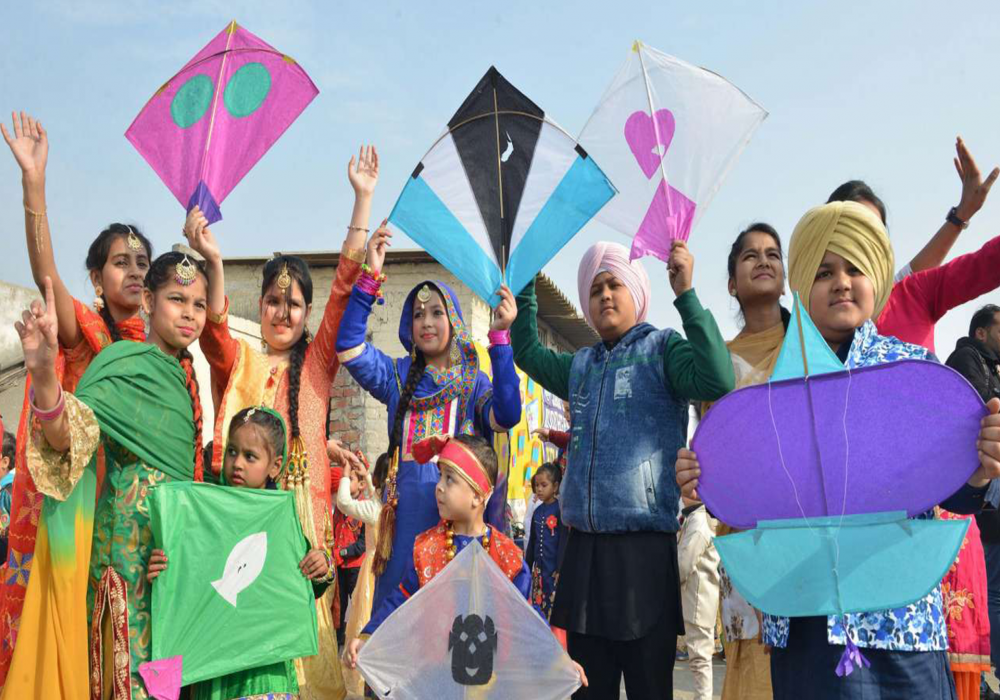

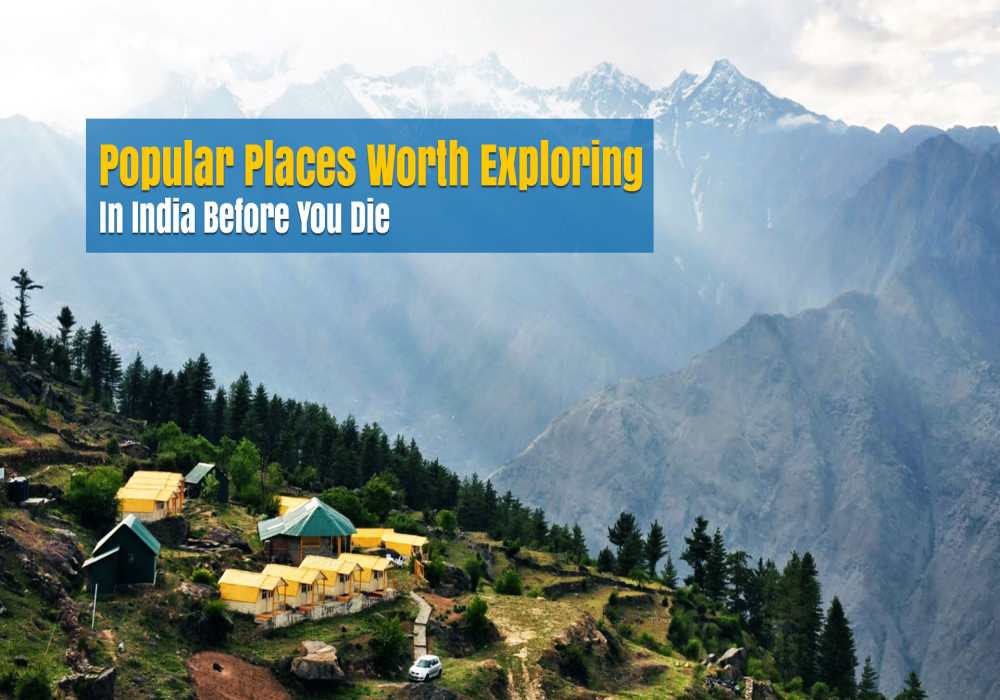
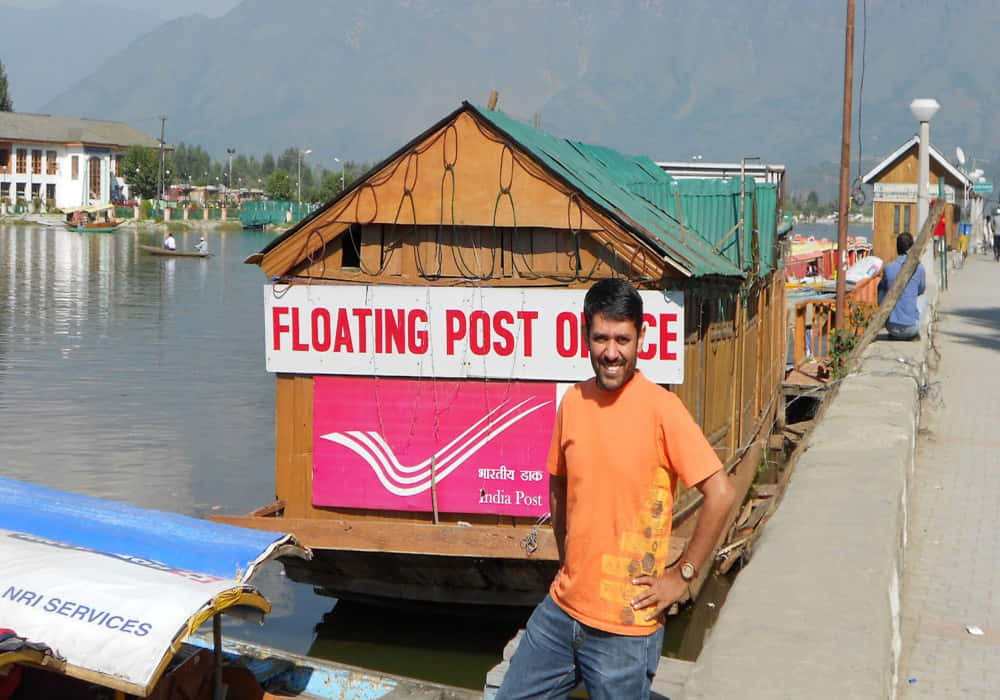

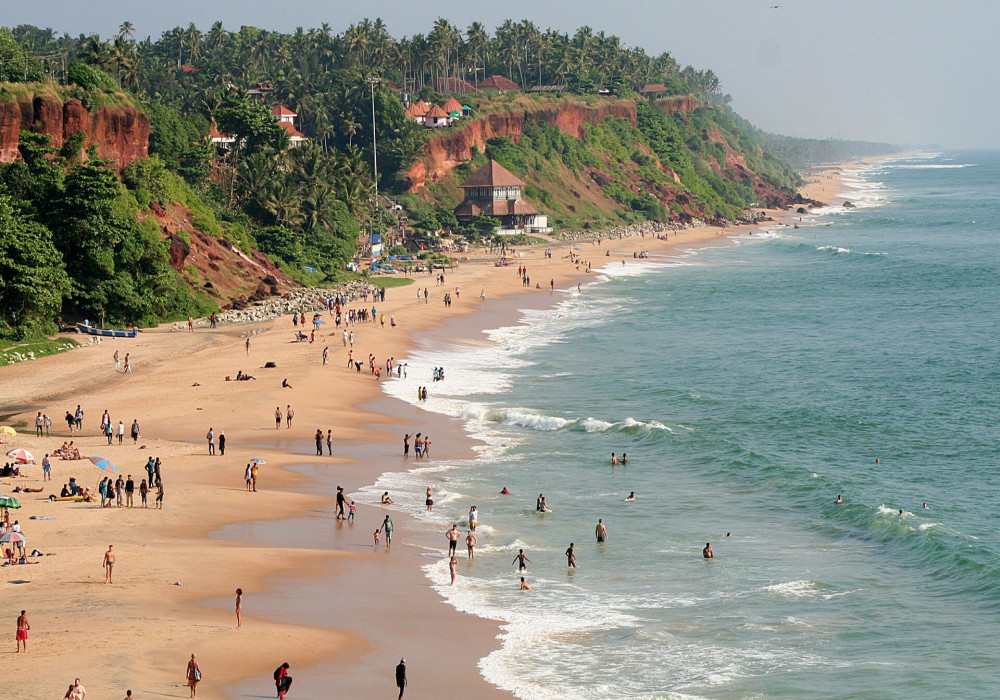
 Dubai
Dubai Malaysia
Malaysia USA
USA





